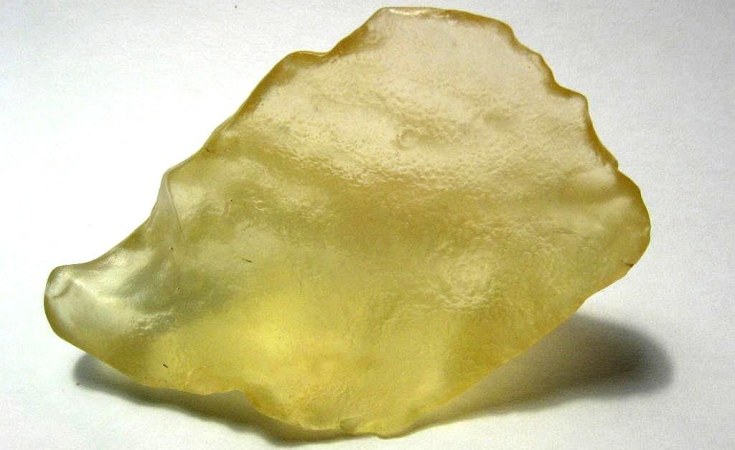Libyan desert glass, renowned for its beauty and enigma, has finally revealed its mysterious origins. Long-debated theories, including volcanic moon activity and lightning strikes, have been dispelled by recent research utilizing advanced microscopy techniques.
Read More: Lithium Mining Boom in Africa Raises Alarms Over Environmental Impact
The study, led by Elizaveta Kovaleva and colleagues from Germany, Egypt, and Morocco, determined that Libyan desert glass is a result of a meteorite impact on Earth’s surface approximately 29 million years ago. The glass, found in the Great Sand Sea Desert, contains zirconium oxides (ZrO2), minerals forming exclusively at high temperatures and pressures.
While this finding strongly supports the meteorite impact theory, the precise location of the parental crater remains elusive. Found across an expanse linking Egypt and Libya, the Great Sand Sea Desert, covering 72,000km2, is a treasure trove of these yellow glass pieces.
The breakthrough comes from state-of-the-art transmission electron microscopy, unveiling minerals within the glass, including cubic zirconia formed at high temperatures and ortho-II formed under extreme pressure. The distinctive conditions identified provide irrefutable evidence of a meteorite impact origin.
Yet, as one mystery is unraveled, others persist. The search for the elusive parental crater continues, prompting the need for further investigations, potentially through remote sensing studies and geophysics.
